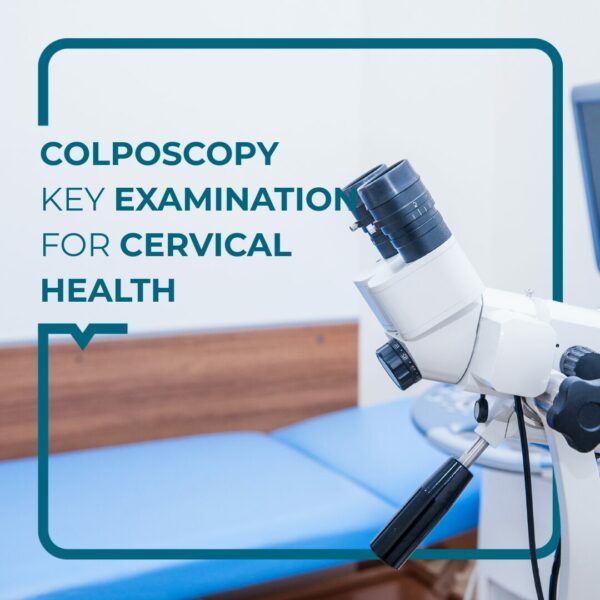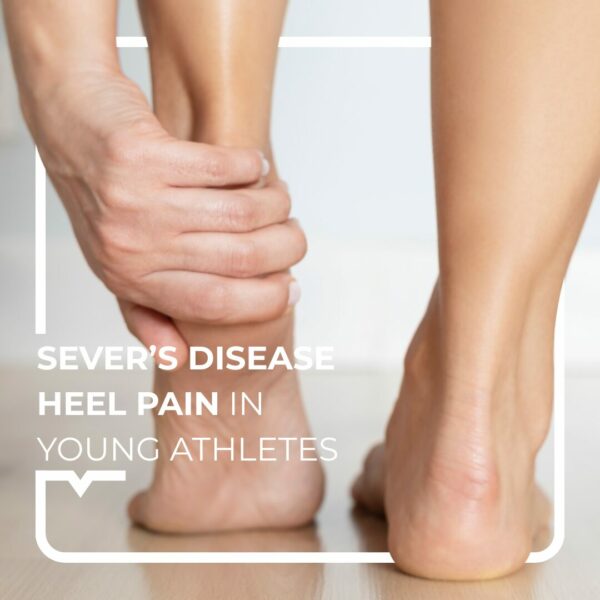Ana is standing in the waiting room of the medical centre, a brochure on sexual health in her hand, a look of confusion and slight anxiety on her face. She’s wondering if there’s a name for what she’s been feeling for months, this inability to penetrate despite wanting to. She’s 25 years old and would never have imagined that her body could react in such a way. She feels both ashamed and guilty, an at the same time deeply in need of an explanation. A friend told her about vaginismus and she hopes it’s not that.
But what exactly is vaginismus? What are the possible causes, and how can it be treated?
Hello, I’m Dr Joy!
In this article, we’ll explore this female sexual disorder in detail, its symptoms, its different types, as well as the treatments available to help woman who suffer from it regain a fulfilling sex life.
I – What is vaginismus?
Vaginismus is a female sexual disorder characterised by involuntary and uncontrollable contractions of the pelvic floor muscles surrounding the vaginal opening. These contractions can make vaginal penetration difficult or even impossible. It is a reflex reaction that may be triggered by an attempt at penetration or even by the mere thought of it.
Vaginismus can be total, preventing the insertion of any foreign object into the vagina (such as tampon or a finger), or partial, where penetration is difficult and painful.
II – Types of vaginismus
There are two main types of vaginismus:
- Primary vaginismus: This occurs from the first attempts at sexual intercourse, making a penetration impossible. It is often linked to anxiety about the first sexual experience and a lack of awareness of one’s own body.
- Secondary vaginismus: This develops after a period of normal sexual activity and can be caused by a traumatic experience, pain during intercourse, recurrent genital infections, or childbirth. Vaginal pain during intercourse is also known as « dyspareunia ».
III – Causes of vaginismus
The causes of vaginismus are varied and can be other physical or psychological. Doctors generally agree that it is often the result of a combination of several factors.
- Physical factors: The muscles of the perineal area contract uncontrollably. Although there is no physiological obstruction preventing penetration, hormonal factors can sometimes play a role.
- Psychological factors: Fear, apprehension, or anxiety about sexual intercourse are often present in women suffering from vaginismus. Several situations can trigger vaginismus, including:
- Recurrent urinary or genital infections
- Lack of lubrication
- Rokitansky syndrome
- Pain during intercourse (dyspareunia)
- Postpartum complications
- Stress
- Lack of awareness or a negative perception of one’s body
- Strict religious or sexual upbringing
- Gender identity disorders
- Fear of pregnancy
- Generalised anxiety related to sexual activity
- Past sexual abuse or trauma
It is important to note that, in most cases, vaginismus has a psychological origin.
IV – Symptoms and consequences
The main symptom of vaginismus is the inability to achieve vaginal penetration. Pain in the vagina (dyspareunia) often accompanies attempts at penetration. Women affected by vaginismus may also experience anxiety, tension, or discomfort during sexual intercourse. Vaginismus can also make gynaecological examinations, as well as the insertion of tampons or vaginal rings, difficult.
Beyond the physical symptoms, vaginismus can cause significant psychological distress due to the inability to engage in intimate relationships and a decrease in self-esteem. It can affect both the woman’s and the couple’s sexual and emotional well-being. The lack of intercourse due to vaginismus may also lead to difficulties in conceiving. The pain and fear of penetration can create a vicious cycle, where the anticipation of pain reinforces the blockage and leads to feelings of guilt.
V – Treatments
Vaginismus can be treated, and the approach depends on tis underlying cause.
- Physical causes: A midwife or physiotherapist can assist in widening the vaginal opening through pelvic relaxation exercises and massages. The use of vaginal lubricants can help reduce discomfort and pain.
- Psychological causes: Cognitive-behavioural therapy (CBT) is often recommended to address psychological factors contributing to vaginismus. Sex therapy and hypnotherapy can also be beneficial. Open communication within the couple is essential for overcoming vaginismus.
- Vaginal dilators are frequently used, with regular and gradual exercises allowing women to become familiar with their bodies and accept vaginal contact.
- Muscle relaxation therapy and biofeedback techniques can also be helpful.
There is no specific medication to cure vaginismus, but a lidocaine-based cream (a local anaesthetic) may be prescribed to relieve pain during penetration. In some cases, botulinum toxin (Botox injections) may be considered to temporarily relax the vaginal muscles. Psychoanalysis has also been suggested as a therapeutic approach.
VI – How to know if you have vaginismus?
It is important to consult a healthcare professional (such as gynaecologist or sexologist) to assess symptoms and establish an accurate diagnosis.
Vaginismus is a sexual disorder that can significantly impact a woman’s life and her relationship. However, it is essential to remember that effective treatments are available, and it is possible to regain a fulfilling sex life. Do not hesitate to seek professional help and advice tailored to your situation.



